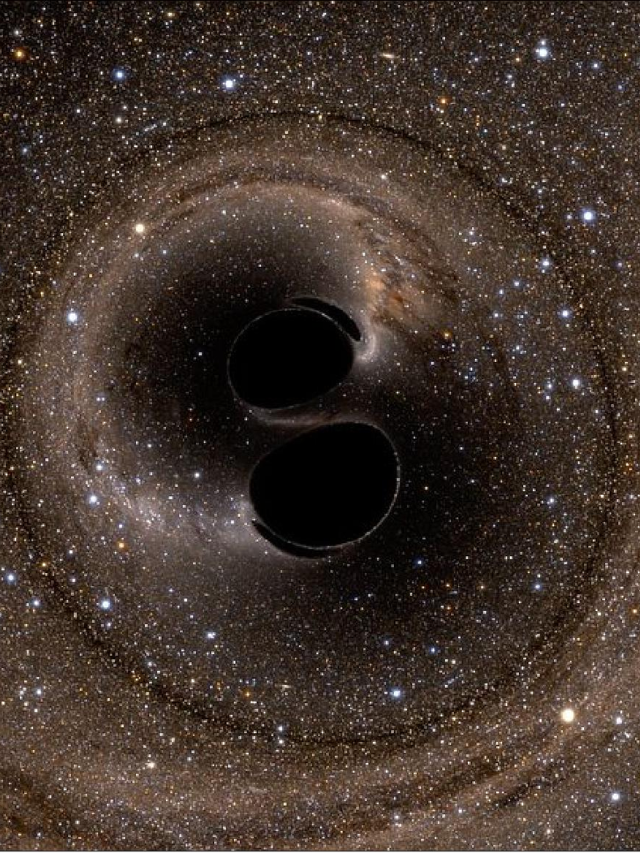
The Unknowable Allure of Black Holes
Explore the enigma of black holeswhere light vanishes into the abyss of gravity's pull. Delve beyond the event horizon, where our understanding meets the unknown. Join us as simulations unveil the secrets of these cosmic giants.

The Enduring Mystery of Black Holes
Black holes have captivated scientists and the public alike for over a century. These enigmatic objects hold immense gravity, so strong that not even light can escape. This presentation will explore a new NASA simulation that offers a glimpse into the unimaginable: what it might be like to venture towards a black hole.

The Birth of Black Holes
Black holes are born from the death of massive stars. When these stars run out of fuel, their immense gravity causes them to collapse in on themselves. This collapse is so powerful that it compresses the star's matter into an incredibly dense point, warping space and time around it.

Black Holes: A Stellar Collapse
Black holes are formed when massive stars reach the end of their lives and collapse in on themselves. The gravity is so strong that the star’s immense mass is compressed into a very small space, warping space and time around it.

The Event Horizon: The Point of No Return
The event horizon is the boundary around a black hole where the gravity is so strong that not even light can escape. This creates a one-way boundary. Information about what falls past the event horizon is lost forever according to our current understanding of physics, creating a paradox.

The Gravitational Regime Around Black Holes
The gravity near the event horizon is extreme. Anything that ventures too close can be ripped apart by the tidal forces. The severity of this is dependent on the mass of the black hole. Supermassive black holes are less dangerous in this regard than stellar-mass black holes.

New Black Hole Images
Recent breakthroughs have allowed us to image black holes directly. These images, of M87* and Sagittarius A*, the supermassive black holes at the center of our galaxy and galaxy M87 respectively, do not

Simulating a Supermassive Black Hole
This slide details the specifics of the simulation. It highlights that the simulation is based on a supermassive black hole similar to Sagittarius A* at the center of our galaxy, with a mass of approximately 4.3 million Suns.